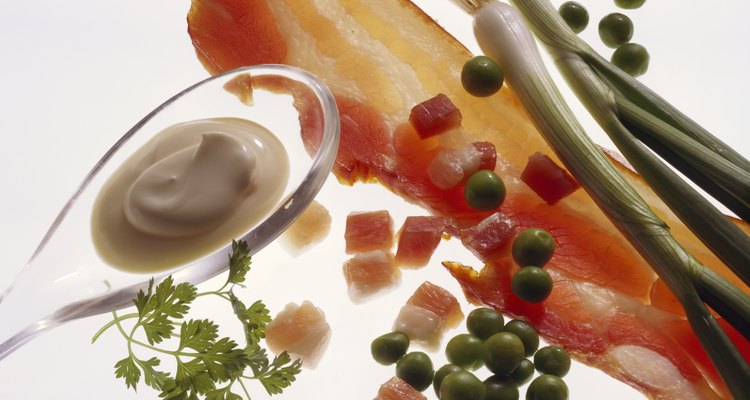
Southern zipper peas are of the genus Vigna unguiculata, so they're beans, not peas. Zipper peas, like black-eye peas and and crowder peas, and a type of bean known collectively as field peas or cowpeas, relatively quick-cooking beans that don't need a presoak before cooking. For centuries a staple of Southern cookery, zipper peas are freshest in the early summer and into the fall, and are generally sold in their pods. Zipper peas cook up tender and creamy, but even fresh ones are dry enough to require a bit of fat such as bacon drippings to help bring out their soft texture and delicate taste.
Step 1
Place all of the peas in a colander and rinse them well. Shake off the excess water. Unzip the peas if they are still in their pods by grasping the fiber at one end and pulling it down the spine of the pea pod. Let the peas fall into a bowl and discard the pods. Sort the peas and discard any discolored peas or field pebbles if you purchased them loose.
Step 2
Cut bacon into small pieces with a chef’s knife or kitchen shears. Place the pieces in a cold saucepan and turn the heat to medium. Add smashed garlic and minced onion to the bacon as it cooks for a more flavorful dish. Proportions are entirely up to you. Cook the bacon, stirring it frequently, until it is crisp and brown.
Step 3
Add the zipper peas to the bacon and stir them to coat them thoroughly in the drippings.
Step 4
Pour enough water into the saucepan to cover the peas and bacon, plus 1 to 2 inches more. Bring the water to a boil over medium-high heat. Skin off any foam that appears with a slotted spoon. You may have to do this more than once.
Step 5
Season the pot generously with salt and pepper. Add thyme and lemon juice for a deeper and tangier flavor.
Step 6
Cover the pot and turn the heat down to medium. Cook the peas for 40 to 45 minutes. Check the water level frequently and stir in more if the level drops below the top of the peas.
Step 7
Drain the peas when they are tender, if they have not absorbed all of the liquid. Add a scant pat of butter and taste to correct the salt. Undersalted peas will have a slightly sharp taste as though they are not quite ripe, but adding salt will correct this.
Related Articles

How to Cook Fried Green Peas

How to Cook Purple Hull Peas in the ...

How to Boil Pork Jowl Bacon
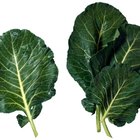
How to Cook Collard Greens in a Crock ...

How to Cook Split Peas in a Slow Cooker

How to Dehydrate Peas

How to Cook Sugar Snap Pea Pods
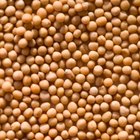
How to Cook Lentils and Split Peas

How to Cook Trini Style Lentils

How to Boil Celery
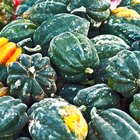
How to Boil Acorn Squash
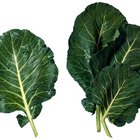
How to Cook Pork Jowl Bacon in Collard ...

How to Freeze Black-eyed Peas

How to Freeze Mangetout Vegetables
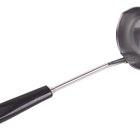
How to Slow Cook Split Pea Soup & Raw ...
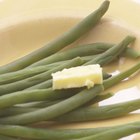
How to Cook Dragon's Tongue Beans
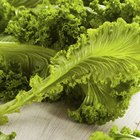
How to Cook Mustard & Turnip Greens in ...
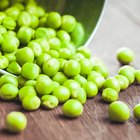
How to Fry Peas
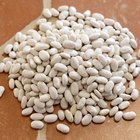
How to Cook Great Northern Beans in a ...

How to Cook Boiled Drained Yellow Snap ...
References
Tips
- Substitute olive oil for the bacon to make vegetarian zipper peas.
Warnings
- Do not let zipper peas simmer without checking the water level every 10 to 15 minutes to avoid their drying out and scorching.
Writer Bio
Brynne Chandler raised three children alone while travelling, remodeling old homes, taking classes at the Unioversity of California Northridge and enjoying a successful career writing TV Animation. Her passions include cooking, tinkering, decorating and muscle cars. Brynne has been writing fun and informative non-fiction articles for almost a decade. She is hard at work on her first cookbook, which combines healthy eating with science-based natural remedies.
Photo Credits
Eising/Photodisc/Getty Images